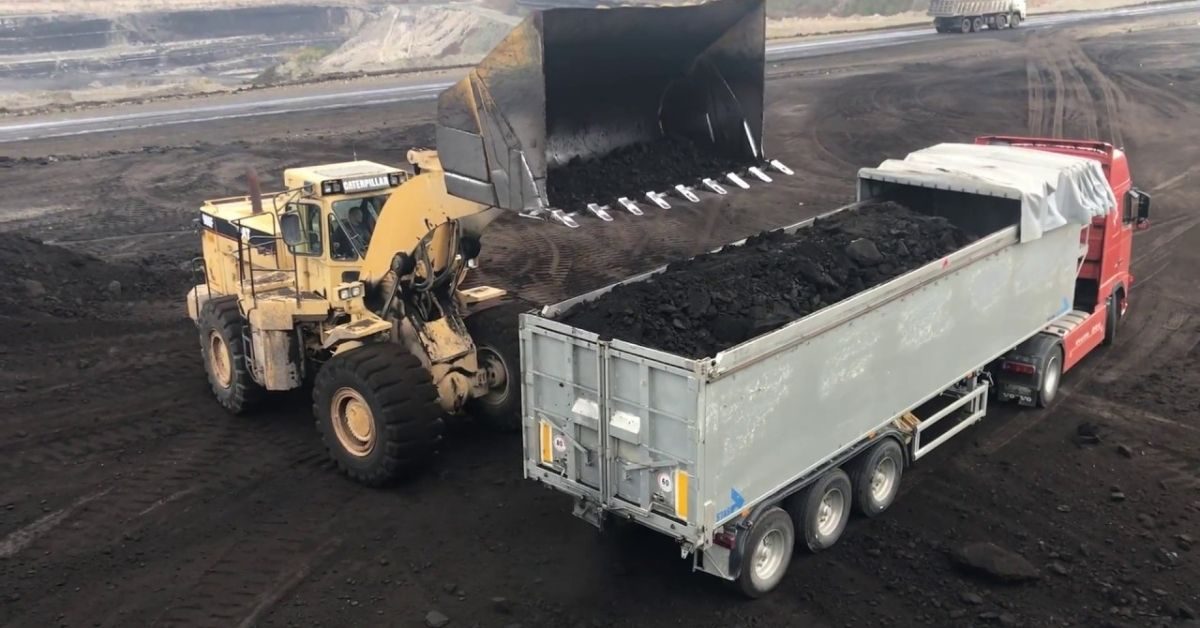An energy crisis in two of Asia’s key economies that caused power shortages, sent fuel prices surging and risked slowing growth is beginning to ease, though bitter winter weather will pose further challenges.
Supplies of coal, the key source of electricity generation in China and India, are beginning to rise again after governments pressed miners to rapidly boost output and lifted imports, allowing power plants and major industrial consumers to start rebuilding stockpiles.
Only a handful of provinces in China are still contending with major power outages as a result of tight fuel supply, down from about 20 regions in mid-October, while spot power prices have tumbled in India as electricity shortfalls have been addressed.
“Both countries continue to face some risks in winter supply, but the shortages have moderated,” said Xizhou Zhou, Washington-based managing director of global power and renewables at IHS Markit.
Global coal prices that had surged to records on the supply squeeze, swelling profits for miners including Glencore Plc to China Shenhua Energy Co., have cratered in recent weeks. High-quality thermal coal at Newcastle port in Australia — a benchmark in Asia, the region that’s the largest market for the fuel — have tumbled more than a third since last month. Thermal coal futures in China have lost almost 50% since a dramatic rise through mid-October.
The turnaround in the region’s energy supply follows a blitz of government interventions. Both China and India pushed state-backed miners to accelerate coal output. Authorities in Beijing have also moved to cap prices of the fuel, scrap some fixed rates for electricity, curb fuel exports and step up purchases of gas and diesel from overseas.
That race to add more fossil fuels has also focused attention on a rebound in global greenhouse gas emissions this year, and on the vast challenge India and China have to overhaul their energy systems and meet emissions reductions targets they’ve outlined in recent days at the United Nations COP26 climate summit.
China’s daily coal output has risen by more than 1 million tons in recent weeks to 11.67 million tons and will likely surpass a government target for production of 12 million tons a day. The ramp-up is exceeding expectations, and meaningfully reducing a supply deficit, Morgan Stanley analysts including Sara Chan said in research notes this week.
Metals producer Vedanta NSE 0.50 %’s power stations had coal stocks for four to five days as of last week, up from the equivalent of a single day’s supply at the peak of the crisis, Chief Executive Officer Sunil Duggal told reporters on an earnings call.
“Power shortages have been easing,” said Michelle Leung, an analyst with Bloomberg Intelligence. “Everyone is ramping up their coal production. The speed has been quite impressive.”
The crisis was triggered as a post-pandemic rebound in industrial activity added demand for electricity, just as coal supply declined in the two top-consuming nations. Output was crimped in India as heavy rains flooded key production hubs, while China has been reducing capacity and imposed stricter safety standards that lowered production rates.
Still, there are ongoing challenges. India’s coal minister Pralhad Joshi has asked state-run miner Coal India Ltd. to ensure stocks at power plants reach an average 18 days worth of fuel by the end of this month, up from six days supply as of Tuesday.
Paper producers are running with less than half their typical coal reserves, according to A.S. Mehta, president of the Indian Paper Manufacturers Association and a director at JK Paper NSE 1.84 % Ltd., one of the country’s largest suppliers. While operations haven’t been disrupted, companies faced a “sizable impact” on costs because of the need to compete in Coal India auctions or to turn to expensive imports, he said.
In China, some utilities haven’t completed winter restocking and insist there’s only limited additional supply available. Several industrial sectors that are large energy users continue to have power supply curtailed, or face significantly higher electricity costs.
Source : Economic Times





